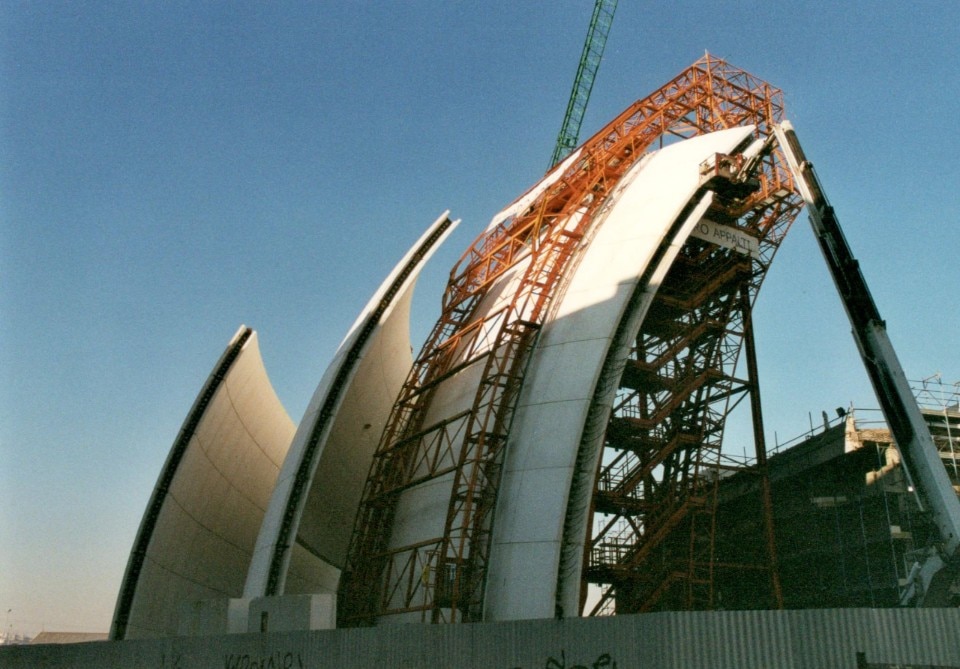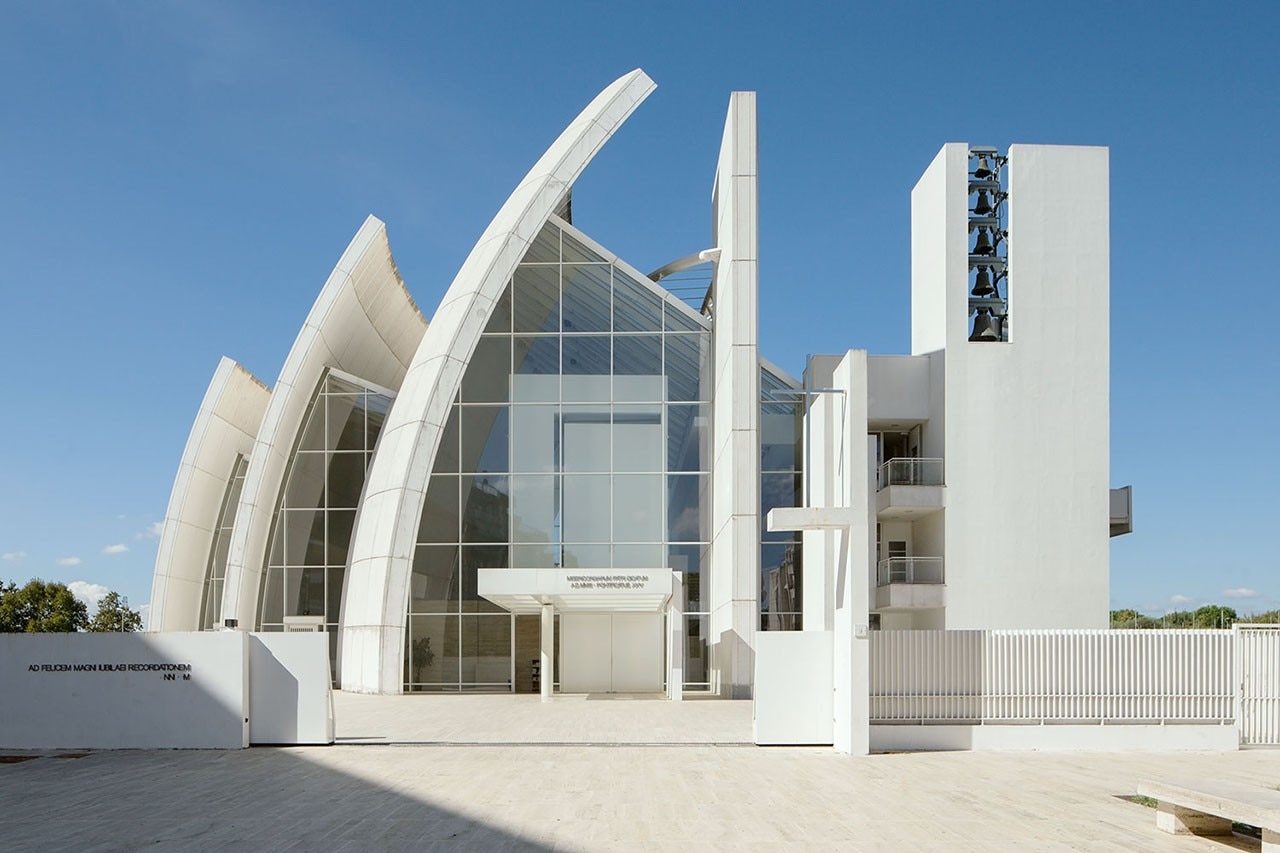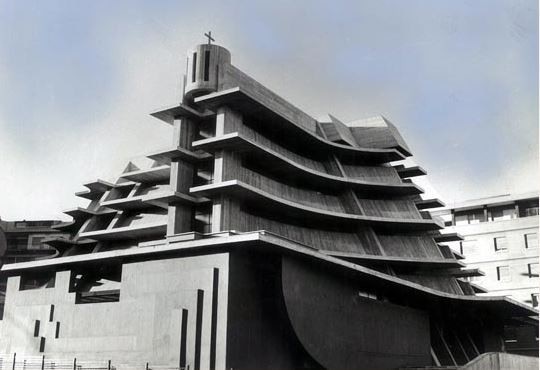In the vast and complex scenario of the 20th century architectural production, the case of sacred architecture is to be considered a separate chapter. In particular, with the end of the Fascism and the consequent abandonment of the celebratory dimension that had been typical of the Regime architecture, the interpretation of religious architecture, and the possibility of a new language for it, opened a season of debates of great intensity in Italy. Important voices of succesful architects, such as Saverio Muratori and Luigi Moretti, found space among the pages of magazines born in the 1950s, such as “Chiesa e Quartiere” and “Fede e Arte,” and specifically focused on the topics of sacred art and architecture.
In Rome more than elsewhere does the sacred building probably constitute one of the most characteristic typologies in the urban fabric.
From north to south, there are notable proposals by Gio Ponti, Figini and Pollini and Enrico Castiglioni in the Lombard context, Ludovico Quaroni's peculiar interpretations for the church in La Martella (1951), as well as for the later Chiesa Madre in Gibellina (1970), or in the case of the church of San Giovanni Battista located along the Autostrada del Sole and designed by Giovanni Michelucci in Campi Bisenzio, Florence, between 1960 and 1964.

A further consideration concerns the Roman context, where the building practice for new churches nevertheless marks the best attitude - such the worst - of the Eternal City; the formal research of more or less careful architects to liturgical needs, stands next to the work of more or less committed colleagues to represent the oldest version of certain historicisms (first among other a reinterpreted brutalism, or the exaggeration of a structural technicism), to finally land to the prolific work carried out by the technical offices of the Capital.
Going on, it is fair to point out that in Rome more than elsewhere does the sacred building probably constitute one of the most characteristic typologies in the urban fabric, noticing that the grandeur of the historical examples is often contrasted by a modern and contemporary production easily ascribable to a minor architecture, but not for this reason devoid of quality.
The present selection of five churches, designed and built in Rome during the 20th century, tries to draw a synthetic but complete picture of how sacred architecture has sought in its multiple artistic and formal interpretations its deepest ontological dimension, from the Basilica del Sacro Cuore di Cristo Re designed by Marcello Piacentini and located in the neighborhood Della Vittoria (1920-34), to the Jubilee Church, built in Tor Tre Teste suburbs by the American Richard Meier.








